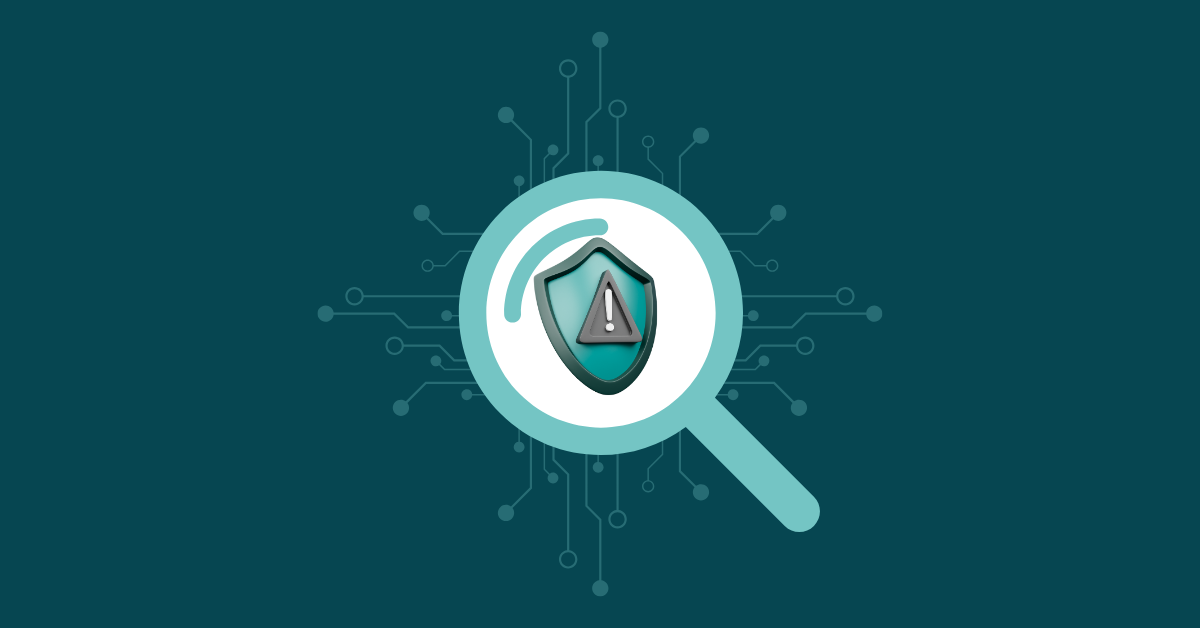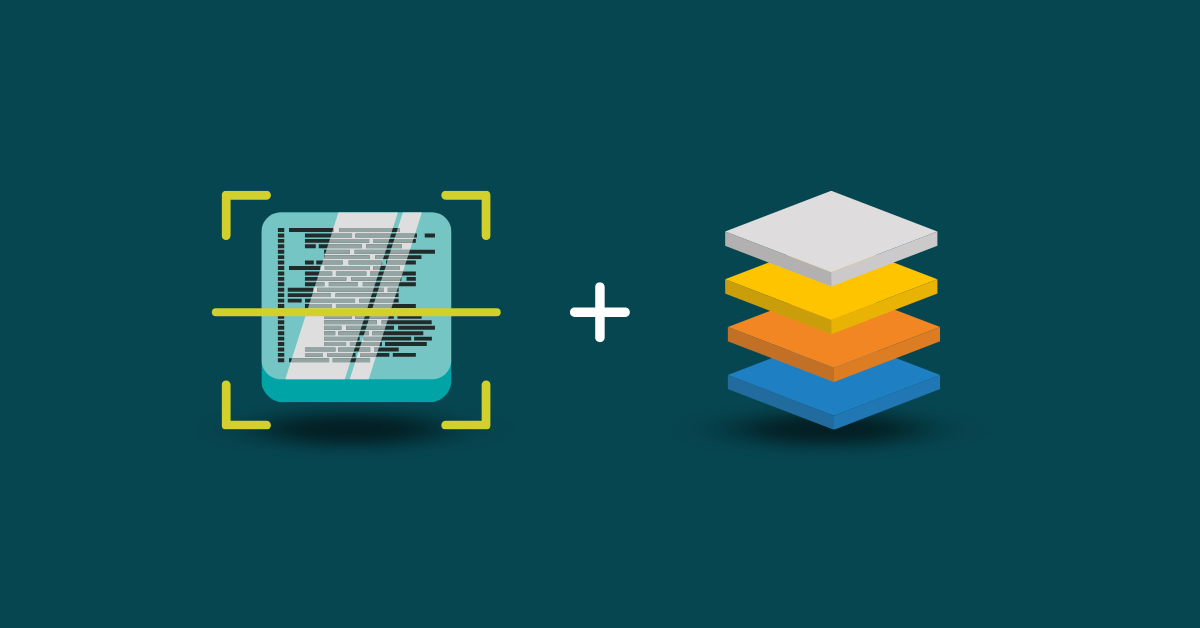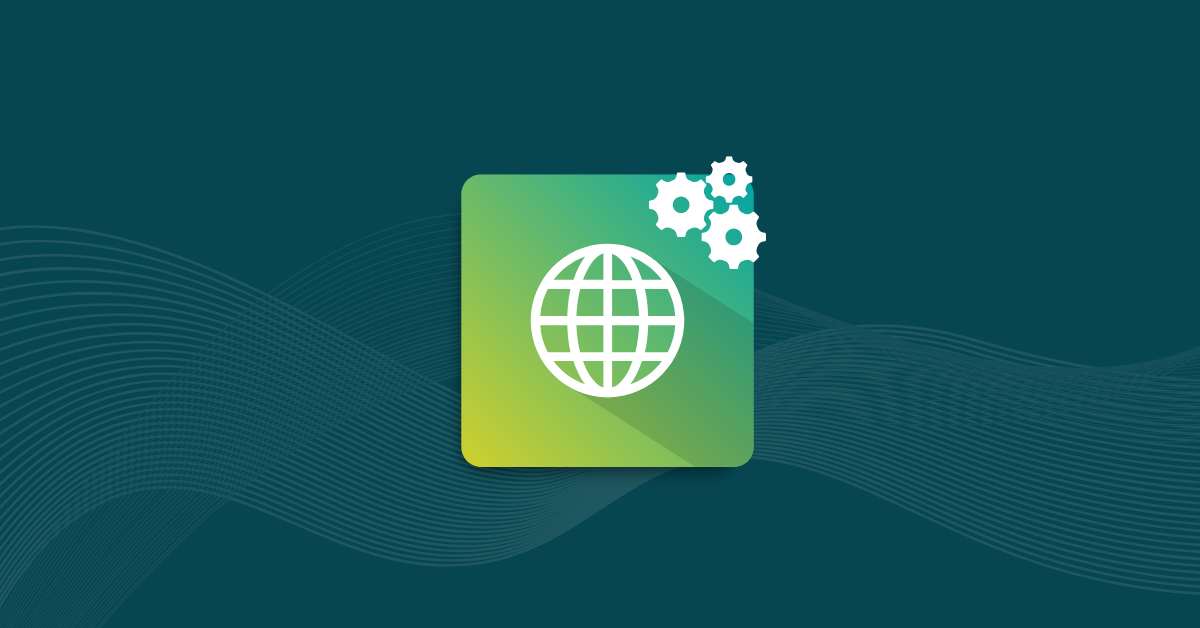

The tide of change that’s washed over the world in the past few years has had sweeping implications for how we live and work. It’s estimated that 26% of American workers were fully remote in 2021 and that number has increased with 47% Amercians working remotely in 2022. The sustained popularity of remote work has completely upended the workplace, with teams becoming increasingly global, and outsourcing tasks previously completed in-house. All of these changes — the multilayered, interdependent nature of digital communication and data sharing, the migration of all work activities online, and the delegation of a wide array of tasks to third parties — have added links to the chain of business and software communication. Each of these links shares some portion of cybersecurity responsibility, and a vulnerability at any one point in the chain can incur significant consequence for all involved.
These risks come at a time of increased pressure on all sides. Development teams have to keep pace while learning a whole new set of tools and adjusting for heightened security concerns. While cybersecurity taken as a whole may seem startlingly complicated in our ever-changing landscape, comprehensive security solutions don’t need to be. DevSecOps (development, security, operations) integration can be seamless with the right approach and tools. Encouraging developers to take security into their own hands and automating away manual tedium are essential steps in a successful migration from siloed workflows to a fully-integrated DevSecOps approach.
Older ways of organizing development, security, and operations would silo off each function. Developers would write code as directed by operations personnel. The security team would then check the code for vulnerabilities and patch them up. This workflow is on the decline. Communication between each group can lead to choke points, especially with employees living and working in different time zones. A message at noon from New York arrives in Taiwan at midnight, and now the developer has to wait until 9 PM New York time for a green light from the security team. With the increased communication friction of remote environments, it’s important to foster a sense of ownership, agency, and autonomy among developers — and to grant them tools to facilitate independence.

Devs can use advanced tools to organize their work, and check their own (or each other’s) code for cybersecurity vulnerabilities. Fix a vulnerability for a developer, and you’ve saved the day. Show a developer how to fix a vulnerability, and that dev is unlikely to make the same type of mistake again. Rather than a security team constantly fixing the same types of errors over and over, you can use modern tools to foster a self-teaching environment that yields greater operational efficiency and professional development across your entire team.
A codebase can have millions of lines of code. An individual update may take tens of thousands, and a single dev’s slice of that can easily be in the thousands. Having anyone — whether a security expert or the dev themselves — manually check the code for security vulnerabilities introduces errors and inefficiencies that can hamper the development process or, worse, lead to the deployment of an update with a critical vulnerability. Let the humans do what humans do best — imagination, creativity, and problem-solving — and let the machines do what the machines do best — follow breadcrumbs and crunch numbers.

Automated tools like Kiuwan’s Code Security (SAST) and Insights Open Source (SCA) can identify and remediate security risks with a high degree of accuracy and reliability, mitigating vulnerabilities and reducing the amount of time spent on time consuming manual code reviews.
Automated security tools can also double as an enforcement layer. Simply tailor the software’s customization options to meet your requirements and do not push code to the main branch if the automation has flagged it as containing vulnerabilities, without first investigating those flags.
A recent study by researchers at the University of Adelaide identified 21 major issues in DevSecOps, highlighting both the urgency and difficulty in this emerging operational trend. Many of the complications identified by the researchers were essentially organizational: a lack of consensus within an organization of what tools to use, or how to document security processes, for instance. However, these are precisely the types of challenges introduces when DevSecOps is haphazardly grafted onto outdated workflows.

Instead, think of DevSecOps as a mode of completely reimagining how development ought to work, and many of these operational concerns will disappear. If security sits at the core of the development process, its rigorous execution will be as natural as any other pre-existing paradigm or tenant within a development team.
The initial task can certainly be a little daunting, but with the right approach, integrating security into the development process can be seamless. The incentives are there, and so are the tools. Adequate cybersecurity demands proactive attention to detail on all sides of a company’s development efforts. It’s not just an extra layer to integrate into a pre-existing workflow; it’s a whole new approach to designing workflows. Rather than increasing the complexity of the process, and the opportunity for bottleneck, by adding one more step to over-crowded internal processes, take seamless DevSecOps integration as an opportunity to streamline and simplify. Partnering with Kiuwan can help secure your data and optimize your workflows.
Kiuwan’s unique approach to DevSecOps centers the careful consideration of your workflows from all sides. Rather than siloing workers into their respective specialties, Kiuwan empowers workers to take full ownership of their projects by automating those tasks which can be automated, and enabling cross-disciplinary learning. Team members shouldn’t view one anothers’ specialties as some mysterious and fickle power sectioned off from the rest of the workflow, but as a learnable set of skills that can and should find full integration in the development process.

Kiuwan’s advanced cybersecurity services include powerful tools, like Software Composition Analysis (SCA) and Static Application Security Testing (SAST), that analyze and identify potential vulnerabilities in code security.
Kiuwan’s services provide thorough and legible reports on every potential vulnerability and help developers deploy powerful solutions to neutralize the most common cybersecurity threats.


